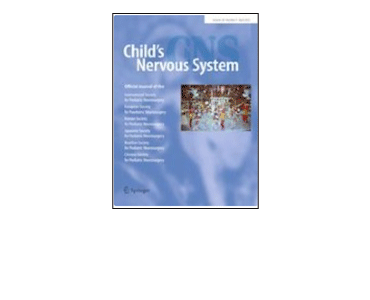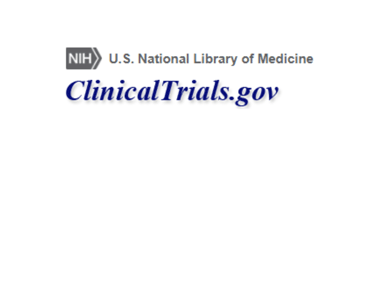Appearance or attitude: what matters to craniosynostosis patients? Association of self-esteem, depressive symptoms, and facial aesthetics in patients with sagittal and metopic synostosis. A Svalina, E Heikura, T Savolainen et al.
Non-syndromic craniosynostosis patients are as satisfied with their appearance in adulthood as the control group and do not experience a lower self-esteem or more depressive symptoms. Facial asymmetry does not correlate with low self-esteem or clinically significant depressive symptoms in adulthood. Subjective evaluation of one’s appearance correlated with depressive symptoms. Age and gender do not influence the former results. Overall, patients are satisfied with their appearance.






